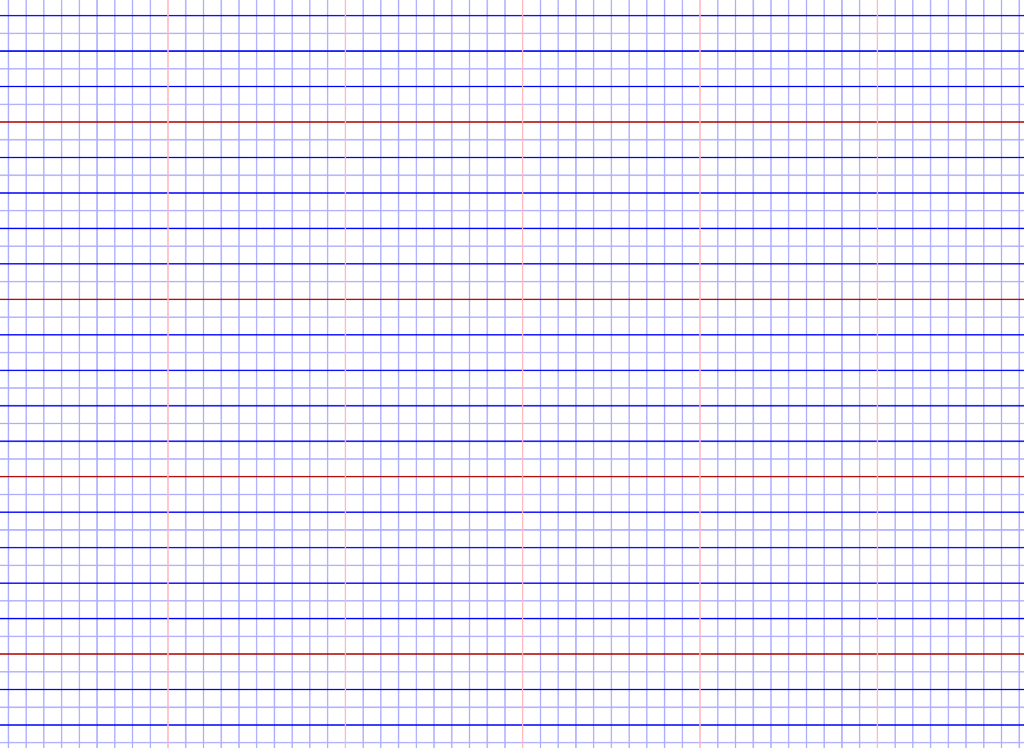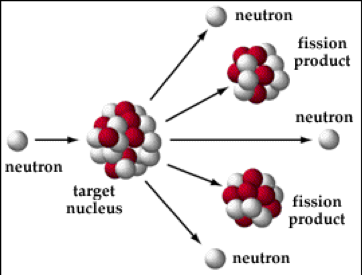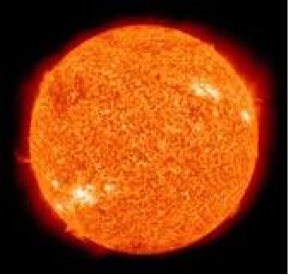Sign up for FlowVella
Sign up with FacebookAlready have an account? Sign in now
By registering you are agreeing to our
Terms of Service
Loading Flow


What is FISSION and FUSION?


Fission is the splitting of heavy nuclei (such as uranium) – in two smaller nuclei. This process needs less energy to ‘bind’ them together – so energy is released. Fission happens quite easily – and is used to generate electricity in conventional nuclear power plants.
(Source: http://www.efda.org/faq/what-is-fission-and-fusion/)
Fusion on the other hand, is the process of sticking together light nuclei (typically hydrogen-like nuclei). The larger nuclei again needs less energy to hold it together – so energy is released. This is what happens in the Sun – to make the energy (heat and light) that are emitted. However, we have not yet found a way to generate electricity from fusion, because it requires extreme conditions like that of the Sun, and a temperature of over 100 million degrees Celsius. Fusion is better than fission because it produces much more energy, and it's waste is less radioactive. The only man made item using fission is the hydrogen bomb.
(Source: http://www.efda.org/faq/what-is-fission-and-fusion/)
(Source: Google Search
(Source: http://www.mphpa.org/classic/ML/Photo-Pages/MLP-498.htm)